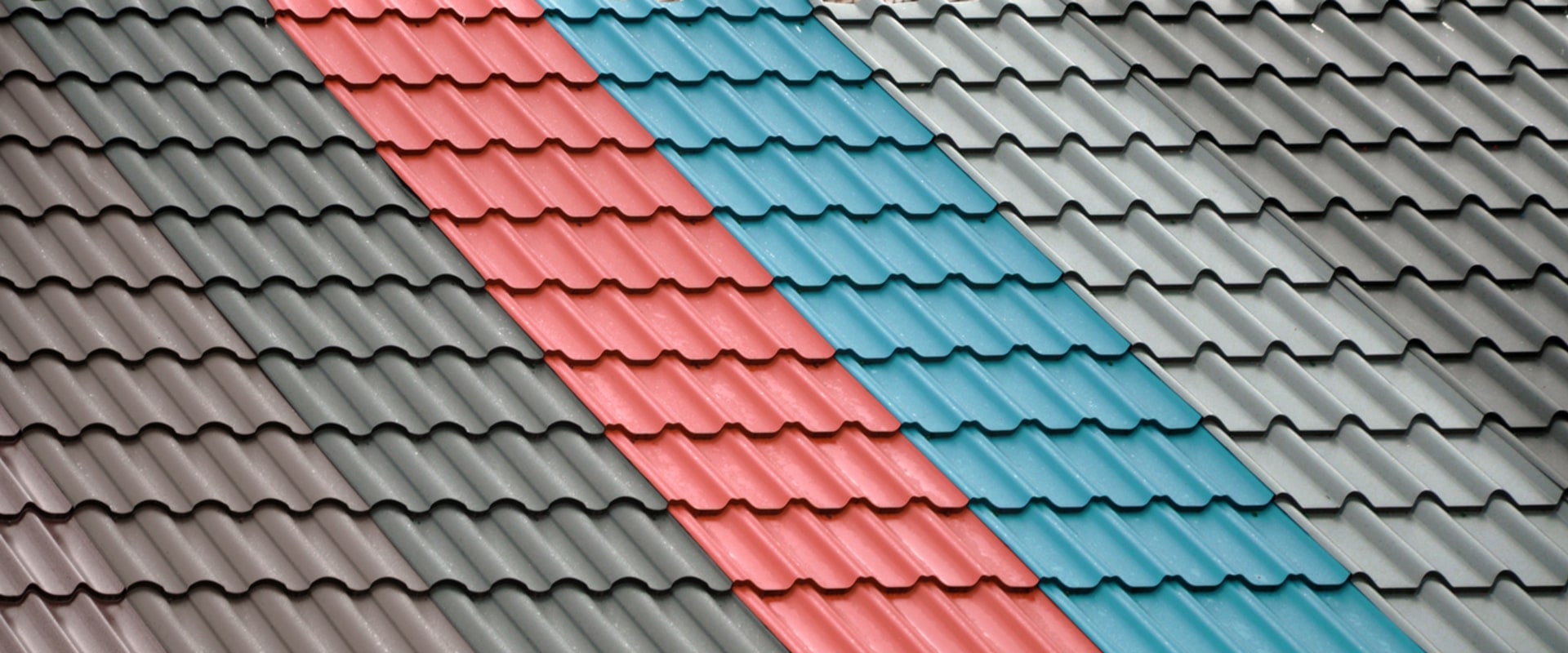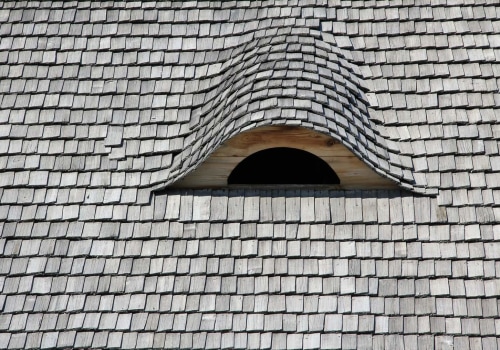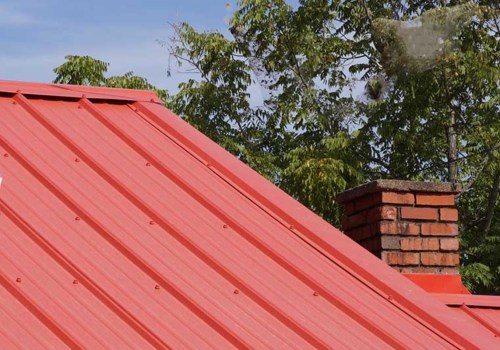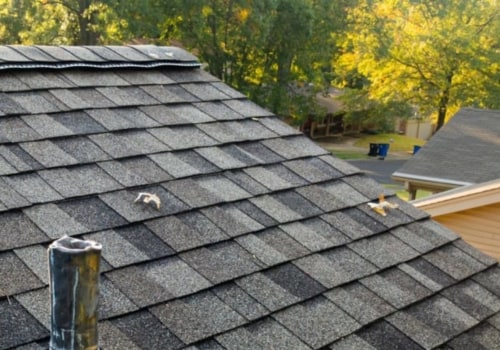When selecting a roof covering, longevity is a crucial factor that homeowners consider. The life expectancy of J&J Roofing & Construction Vancouver, Washington directly impacts its overall cost-effectiveness and the frequency with which homeowners will need to undertake replacements or major repairs. Several types of roof coverings are available, each with distinct advantages and varying lifespans. Understanding which J&J Roofing & Construction Vancouver, Washington has the longest life expectancy can help homeowners make informed decisions, ensuring durability and long-term protection for their homes.
Asphalt Shingles
Asphalt shingles are the most common roofing material in North America due to their affordability and ease of installation. They typically last between 20 to 30 years, depending on the quality of the shingles and the local climate conditions. While they offer a reasonable lifespan for their cost, asphalt shingles require regular maintenance and are more susceptible to damage from extreme weather compared to more durable materials. Despite this, shingle roof installation remains popular for its cost-effectiveness and versatility.
Metal Roofing
Metal roofing is known for its durability and long life expectancy. Metal roofs can last between 40 to 70 years, depending on the type of metal used and the quality of installation. Materials such as steel, aluminum, and copper are common choices, each offering distinct benefits. Steel and aluminum are resistant to rust and corrosion, while copper develops a protective patina over time. Metal roofs are also energy-efficient, reflecting solar heat and reducing cooling costs. Their resilience against extreme weather conditions and minimal maintenance requirements make them a preferred option for many homeowners seeking a long-lasting roof covering.
Clay and Concrete Tiles
Clay and concrete tiles are among the most durable roofing materials available, with life expectancies ranging from 50 to 100 years. These tiles are highly resistant to fire, wind, and hail, making them an excellent choice for regions prone to severe weather. Clay tiles are particularly popular in Mediterranean and Spanish-style architecture, while concrete tiles can be manufactured to mimic the appearance of other materials such as slate or wood. Although the initial cost and weight of these tiles require a strong roof structure and professional installation, their longevity and minimal maintenance make them a cost-effective option over time.
Slate Roofing
Slate roofing is renowned for its exceptional longevity and natural beauty. A slate roof can last 75 to 200 years, making it one of the longest-lasting roofing materials. Slate is a natural stone that is highly resistant to weathering, fire, and pests. Its aesthetic appeal and durability make it a premium choice for high-end homes and historic buildings. The installation of a slate roof requires specialized skills and a reinforced roof structure to support its weight. Despite its high upfront cost, the longevity and timeless elegance of slate roofing provide significant long-term value for homeowners.
Synthetic Roofing Materials
Advancements in technology have led to the development of synthetic roofing materials designed to replicate the appearance and durability of natural materials like slate and wood shakes. These synthetic materials, often made from rubber or plastic composites, can last between 30 to 50 years. They offer the benefits of being lighter and more affordable than natural materials while still providing excellent resistance to extreme weather conditions. Synthetic roofing is an attractive option for homeowners seeking a balance between aesthetics, durability, and cost.
Wood Shingles and Shakes
Wood shingles and shakes offer a natural and rustic appearance that is appealing to many homeowners. However, their lifespan is shorter compared to other materials, typically ranging from 25 to 40 years. The longevity of wood roofing depends on the type of wood used, the quality of installation, and the level of maintenance. Cedar and redwood are popular choices due to their natural resistance to rot and insects. Regular maintenance, including treatments for fire resistance and protection against moisture, is essential to maximize the lifespan of wood shingles and shakes.
Green Roofs
Green roofs, which incorporate vegetation and soil atop a waterproof membrane, offer unique benefits and can last up to 50 years. These roofs provide natural insulation, reduce stormwater runoff, and improve air quality. The longevity of a green roof depends on the quality of the installation and the maintenance of the plant life. While green roofs require regular upkeep to ensure the health of the vegetation, their environmental benefits and aesthetic appeal make them an increasingly popular choice for sustainable building projects.
Conclusion
When it comes to the longest life expectancy for roof coverings, slate roofing stands out as the premier option, with potential longevity of up to 200 years. Clay and concrete tiles also offer impressive durability, lasting up to a century with proper maintenance. Metal roofing provides a long-lasting alternative, with a lifespan of up to 70 years. While synthetic materials and wood shingles offer shorter lifespans, they provide unique aesthetic and cost benefits. Ultimately, the choice of roof covering depends on a balance of factors, including budget, aesthetic preferences, and long-term value. For homeowners seeking durability and low maintenance, investing in high-quality materials like slate, metal, or clay tiles is a wise decision. Whether opting for traditional materials or exploring modern alternatives, consulting a professional roofer can ensure the best choice for a durable and long-lasting roof.




